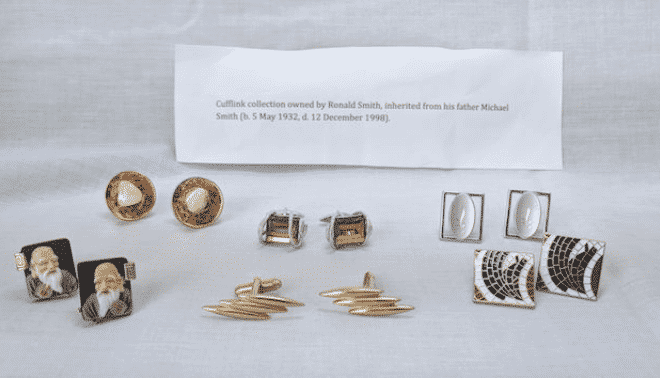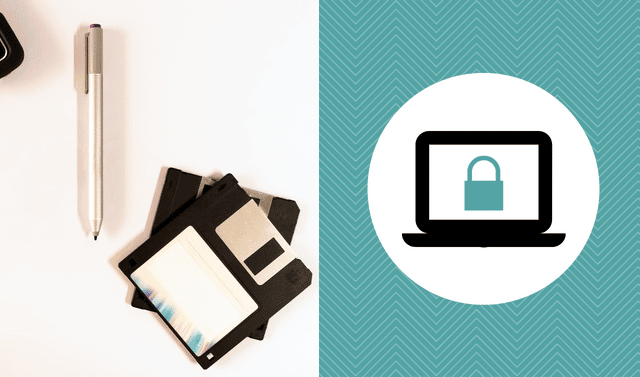Sign up for the Family Tree Newsletter! Plus, you’ll receive our 10 Essential Genealogy Research Forms PDF as a special thank you.
Get Your Free Genealogy Forms
"*" indicates required fields

Consider yourself lucky if your family archive holds 20th-century slides from family vacations, birthdays and reunions. Because film holds so much more color information than a paper print, the same picture will appear sharper and brighter when viewed from a slide than from a print and digital images made from the original slide. Here are five quick steps for archiving family slides.
1. Determine which slides to save.
If you have lots of slides, you may want to be selective about what you digitize. Slides were relatively inexpensive to make, and many family photographers saved a lot of memories. Don’t be surprised to find multiple slides of the same scene. Choose the best one to digitize, and toss slides that are unfocused or with missing heads and arms.
Make this task into an event! Host a retro family slide night to select the best and most meaningful images. Rent a slide projector or small viewer at a local camera shop, or ask friends who may still have older equipment. Remember to set up a projector screen or hang a white sheet for your screen. And don’t forget the popcorn!
ADVERTISEMENT
2. Record the date.
Use an archival acid-free pen to write on the slide box, plastic carousel or paper cardboard mount. Identify people pictured in the slide, as well as the date, event and place the slide depicts. If you have more information than fits on the box or slide, write on a piece of acid-free paper and include it in the box.
3. Get organized.
Organize family slides like you would printed photos. View the collection to get an overall sense of who is in the pictures and what events are included. It’s often most useful to organize by date and event.
Keep slides in original order whenever possible. Photographers usually arranged images for later viewing to showcase a vacation or special event. Knowing the date can help you identify people and places.
ADVERTISEMENT
Also make an inventory of your slide boxes. Number boxes and create a master list with as much detail as possible. Keep one copy of the list with the slides, and another copy with your genealogy work.
4. Digitize like a pro.
Digitizing slides is a relatively easy, inexpensive do-it-yourself family archiving project. All you need are some time and a flatbed scanner with film option. A full-featured flatbed like the Epson 600 series will scan paper, photographs and film. And software included with these scanners offers more options than a small slide-scanning gadget.
A flatbed slide scanner has lights inside the lid that get exposed when you remove the inner lid cover. You can place several mounted slides in a plastic carrier, which snaps on top of the glass flatbed. When you close the lid and start the scan, light passes through the film. Scanning software creates a “negative” that is then reversed to create the final image.
For best results, make sure you do the following:
- Scan at a higher resolution than print photos—typically 3200 dpi, full color. Set your scanner for film transparency.
- Wear white cotton gloves when handling film.
- Clean the glass scanner bed with a soft microfiber cloth. Spritz glass cleaner on the cloth—never on the flatbed.
- Use a photographer’s lens brush or the Rocket Air Blaster to gently blow dust from the slide surface. Avoid canned air that may include damp spray.
5. Store the slides safely.
You can safely preserve mounted slides with minimal expense and fuss. The materials used in older plastic carousels don’t typically harm the slides, and actually keep them from rubbing together. But the carousels can be bulky and hard to store. Save space by transferring slides to archival-safe plastic polypropylene slide pages. Store those pages inside an acid-free binder and/or box for easy viewing and access. Slides may also be stored in specialty slide boxes that maximize storage space. Acid-free archival boxes and metal boxes are both good options available from Gaylord Archival and local camera shops.
Cardboard sleeves protect mounted slides from abrasion, so take care to leave the entire mount intact. Never remove film from the mount for storage.
Store film in a cool location—but home-freezing is not recommended because it can be difficult to maintain. Store your slides away from light, heat, and moisture. A closet shelf on an inside wall is often a good location.
We have more tips for preserving family heirlooms, including silver pieces, stationery and greeting cards.
Family Tree Magazine is a participant in the Ancestry.com affiliate program and the Amazon Services LLC Associates Program. These are affiliate advertising programs designed to provide a means for sites to earn advertising fees by advertising and linking to these and affiliated websites.
ADVERTISEMENT






